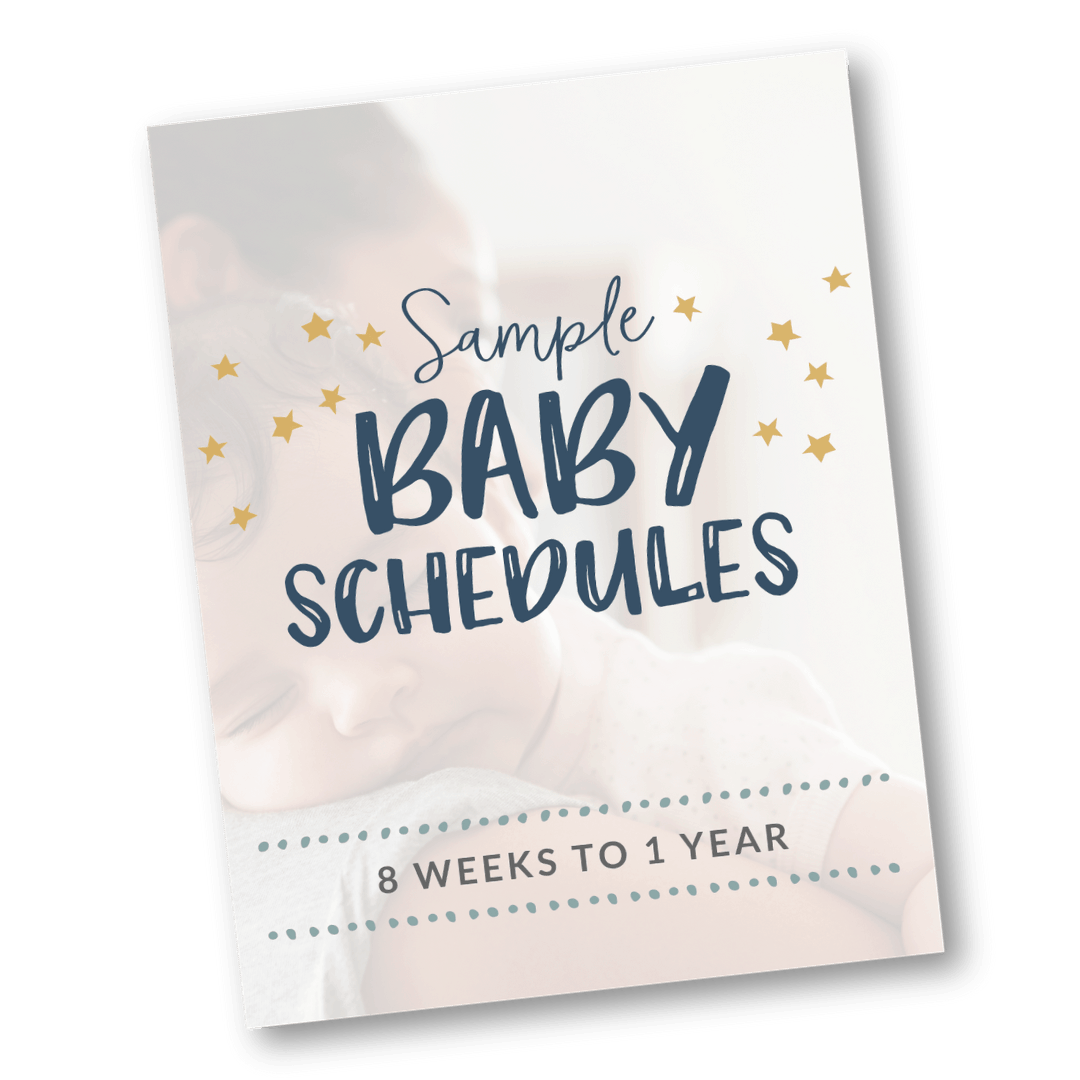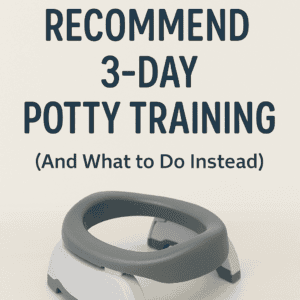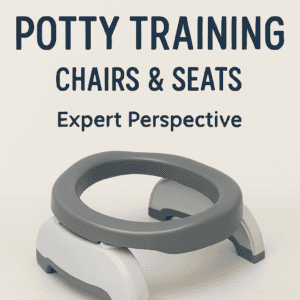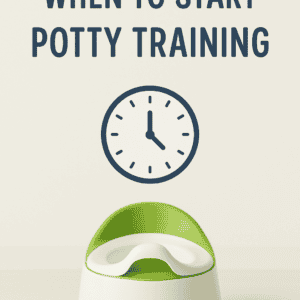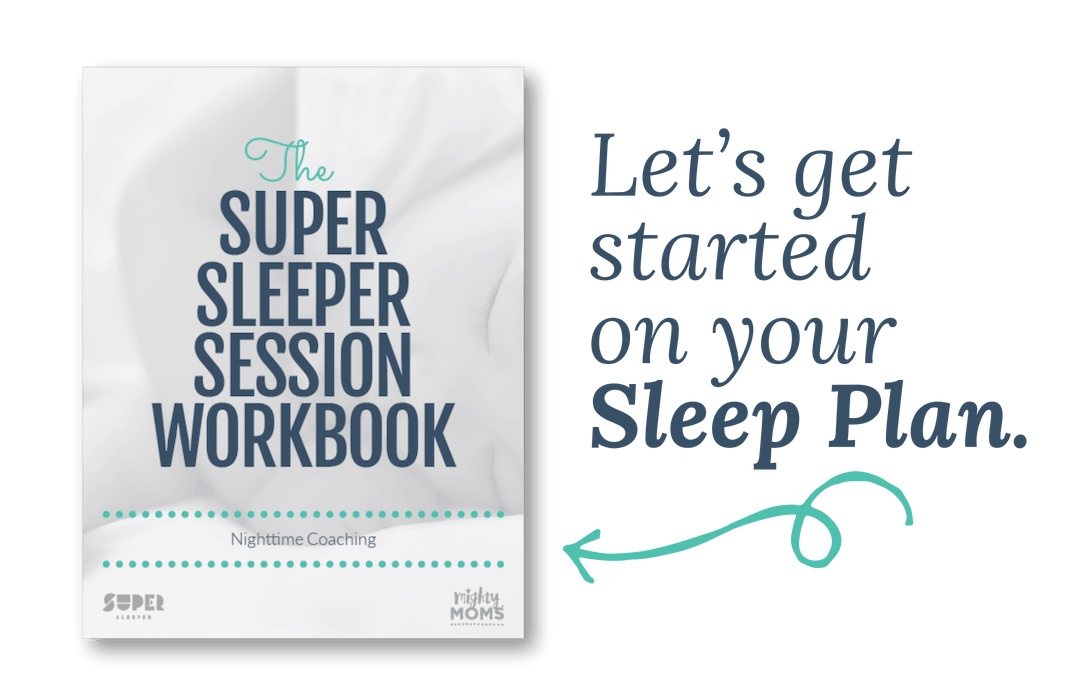
You’re exhausted.
The last thing you need is paragraphs of complicated baby-sleep instructions to stumble through. You need bullet points and numbered lists.
You need magic tricks. Tricks that will sprinkle hope on your exhausted soul.
I have good news, friend.
You won’t always be this tired.
He is going to sleep eventually. Let’s just see if we can get that “eventually” to arrive, say…TONIGHT.
62 Sleeping Baby Tricks – Ta DA!
Here are 62 different options to score a sleeping baby. They are ideas I’ve thought-up, researched-out, or outright-stole (from friends).
For every “trick” that crashes and burns, I wanted to give you 2 more sleeping baby tricks to keep trying.
Surely, with 62 things to try, you’re bound to find one that works, right? RIGHT?
- Install blackout curtains underneath the pretty nursery curtains.
- Use safe bumper pads for active babies who roll around in their sleep, banging their head against the rails. (Usually between 6-12 months.)
- Create a nighttime rhythm of slowing down the day and use it consistently.
- Feed your baby before putting her down for the night, but try to lay her down before she’s actually completely asleep.
- Catch his cues before he transforms into Mr. Furious. (Hint: A realllly mad baby is not going to be a sleeping baby.)
- Rock or sway while holding your baby to quiet her down, shushing quietly in her ear.
- Provide a pacifier to help with self-soothing and fight against SIDS at the same time.
- Practice infant massage.
- Sing a repetitive lullaby softly. Something where you can insert your baby’s name. (Babies LOVE to hear their name repeated over and over.)
- Be incredibly boring between the hours of 8:30 pm to 7:00 am.
- Avoid these sleep training mistakes.
- Make sure her nose isn’t stuffy. If it is, use some gentle salt-water nose drops and an awesome nose sucker.
- Test the room temperature. Too hot? Too cold? or just right? (Just right is between 65 – 70 degrees F.)
- Watch for signs of a formula allergy that could be causing tummy troubles.
- Experiment with different clothing fibers for babies with sensitive skin. A simple switch from 100% polyester to 100% cotton could make all the difference. (It did with my second-born, EM.)
- Do any nighttime feedings or diaper changes in as close to pitch-black as humanly possible. The key here is to keep her brain in “semi-sleep” mode.
- Learn to swaddle your newborn or let an award-winning swaddler do it for you. (Newborns snooze better when swaddled.)
- Try different sleeping locations. Does she do best in the bassinet next to the bed? The playpen across the room? In mom and dad’s bed? Or next door in the nursery?
- Know the normal signs of teething.
- Know the weird signs of teething.
- Babies who nap well during the day, rest better at night. Develop a flexible nap routine for the day and watch him flourish at night.
- Conduct a bath test: Is your baby more energized after water play? Or sleepier and ready for cuddles and bed?
- Wear your baby in a sling for the last half hour or so before bed. Let your voice and movements make her sleepy.
- Choose a lovey for your sleeping baby to provide comfort in the crib and help her learn how to self-soothe. Something like a small stuffed animal, crocheted blanket, or the iParenting Award winner Sleep Sheep.
- If it is teething, learn which teething pain medications are risky.
- Don’t wake your sleeping baby at night to change a diaper unless it’s… A) a poop or B) he has a bad diaper rash that needs to be treated.
- If you’re cloth diapering, put on two or three layers to decrease the “I’m wet and uncomfortable” feeling that could lead to an early wake up.
- Letting your baby snack all day at the Boob Bar and not learn to fill up with full meals. (Click here for more on this tip.)
- Get a wipe warmer. Nothing will wake up your baby faster than a cold bum-wipe!
- Make sure your baby isn’t attempting to switch to one nap.
- Touch your baby’s hand in the crib, or rub his tummy or back, humming softly to reassure him that you’re there until he falls asleep.
- Talk to your pediatrician if your baby shows signs of increased fussiness after eating, spits up, seems like he’s in abdominal pain, or is wheezing. These can be signs of acid reflux.
- Learn what habituation is, and how it can destroy your hopes of sleeping.
- Avoid eye contact at night.
- Use dimmers on the nursery lights, to help communicate “quietness” in the room at night.
- If you’re breastfeeding, watch the caffeine. It can stick around in your baby’s body for up to 96 hours.
- Try to skip burping at night if your baby isn’t showing any signs of discomfort. It could make him more alert!
- Give a bottle of formula as the last feeding of the night, and pump that feeding instead. Or mix half formula and half breastmilk. Some babies will sleep longer with formula-filled tummies. (Some say this is a myth, some swear by it. Try it and see what happens – just make sure you’re pumping to keep your supply up!)
- Know the signs of baby sleep apnea – it’s a lot more common than doctors thought!
- Make your baby’s sleep a priority in your daily schedule. Setting a rhythm of sleep is essential for long-term sleeping success.
- Use gripe water for instant help with tummy gas.
- Use baby probiotics regularly for babies who regularly suffer from intestinal gas
- Purchase a high-quality video monitor, so you can see what’s going on in there without having to actually disrupt what’s going on in there.
- Keep TVs out of the nursery or sleeping area. Even if he does manage to fall asleep with it on, it will be short-lived and not as restful.
- Help teach your newborn the difference between playtime (bright lights, shades up!) and sleeptime (dark rooms, quiet activities).
- Watch out for the sleep cues, and take advantage of them!
- Practice tummy time during the day. Babies who learn to roll over sleep better, since they can reposition themselves to get more comfortable at night.
- Give yourself and your infant extra grace between 4-12 weeks. These weeks are a gold mine for growth spurts and colic. Cancel travel plans and batten down the hatches for some rough sleeping baby seas. (This means try to nap yourself as much as possible!)
- Purchase a good noisemaker to drown out siblings, honking cars, and noisy neighbors. (Make sure it doesn’t automatically shut off after an hour.)
- Request a free sample of goat milk formula. It can help with eczema and constipation!
- If your baby is older than 6 months, start feeding your baby when she wakes up from a nap, instead of when she goes down.
- Start putting your baby down happy-drowsy-but-awake (after 8 weeks old), starting with just the first nap of the day, then building on from there.
- Meet with a certified baby sleep expert to create a solid (yet flexible!) daily schedule to follow.
- Move “napping” to a home base location between 3-4 months. Using the same spot for naps (crib, playpen, bassinet, etc.) will help your baby’s naps stay consistent.
- If your baby is older than 6 months old, begin nap training.
- Be consistent. Create a solid sleep plan (or let a professional) , then make sure both parents are doing the same thing.
- Hold your baby’s cheek next to your mouth and hum or softly sing made-up lullabies with your baby’s name in them while bounce-walking. The closeness to your face and the vibration on his cheek will help to calm him. Plus, my babies all loved hearing the sound of their name in a song.
- Vacuum the house. Some babies find the noise soothing.
- Pay attention to where you baby likes to sleep, and then learn how to recreate that in the crib.
- Check to see if the pacifier has fallen out of his mouth. Babies under 8 months have to learn how to coordinate their tongue with sucking to keep it in place. Just because he pushes it out right away doesn’t mean he doesn’t want it. Try a WubbaNub friend to weigh it down and keep it in place.
- Purchase a softly swaying mobile. Not a loud, light-flashing, playing mobile, but one that offers quiet boring movements to soothe to sleep. (I especially like these swimming fish, or these gentle swallows.)
- If your baby is a frequent spitter-upper, consider a special thickened formula that stays down (letting baby sleep longer).
My Final (and Most Effective) Sleeping Tip
If you’ve tried these things and still feel overwhelmed, break out the big guns on your (non) sleeping baby and get some help.
Let a professional, certified gentle sleep coach listen to what’s happening and help you create a custom plan for your child. I’ve helped hundreds of families over the past five years, and can tell you customization matters.
Click here to connect with a certified trained professional sleep coach.
Free Sleep Schedules
We ♥ honesty! This post contains affiliate links that provide extra money for our mutual coffee habits addictions. Click here to learn more. As an Amazon Associate I earn from qualifying purchases.
